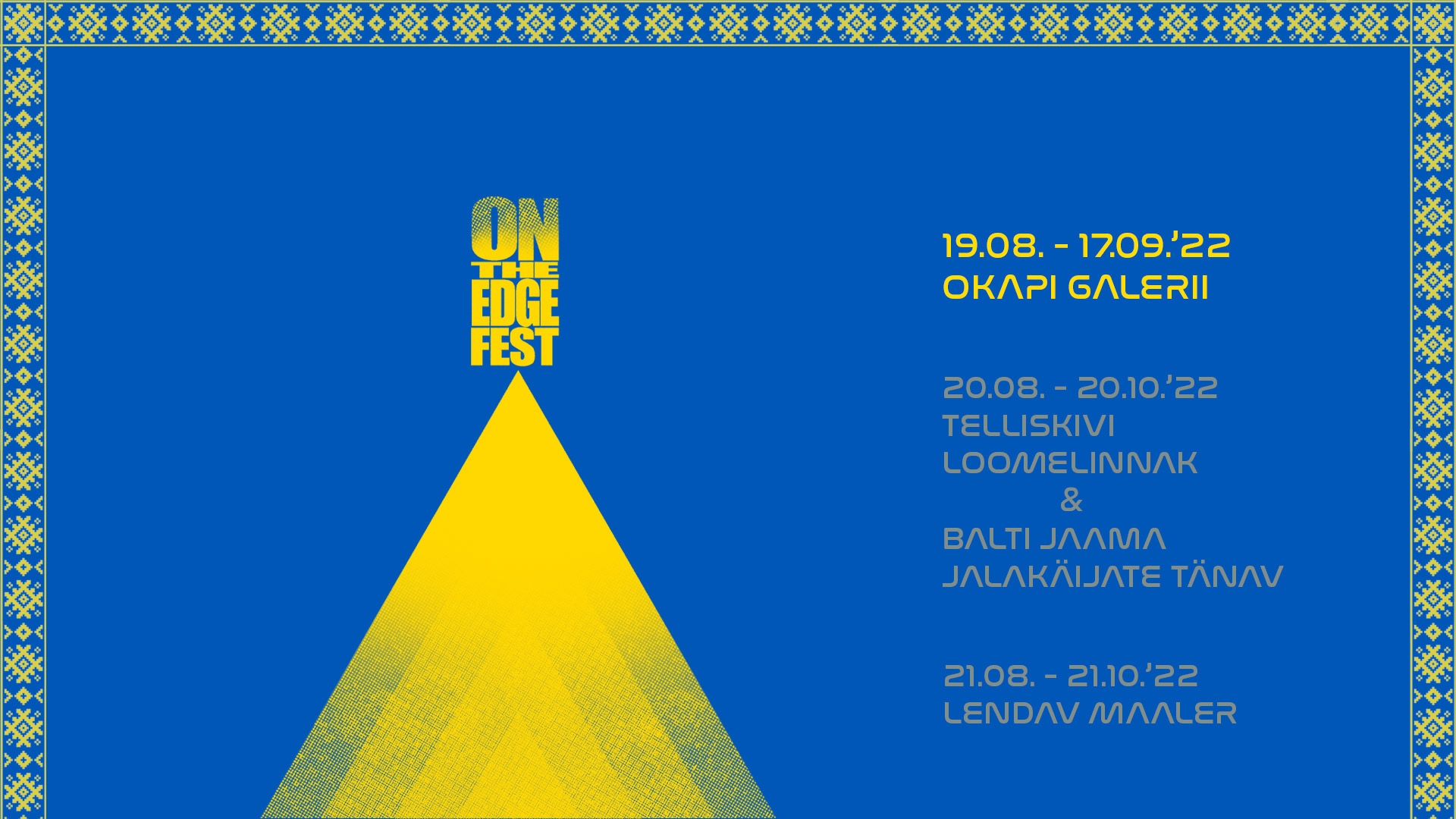Mikhail Palinchak. Maidan Faces. The content of the series is portraits of protesters who were killed in clashes with riot police in the heart of Kyiv in 2014. Five years later, while walking around the place, Palinchak found photographs of the victims, which had been hung on trees by their relatives and friends, and which over time had faded and been damaged by moisture. Some of the photos were as if erased with an eraser, and the whole set raised the question of what remains when even the photo disappears? Palinchak is a street and documentary photographer from Kyiv who belongs to several professional organizations. He is the official photographer of the former President of Ukraine (2014-2019). Founder of Untitled magazine and co-founder of Ukrainian Street Photography group. Published in numerous magazines: TIME, The New York Times, Esquire, El Mundo, The Atlantic, The Guardian, Forbes.
Dmytro Kuptiyan. Fragments of War. At the heart of the project are munitions parts found in the Donbass areas, which resemble pieces of asteroids and whose sharp edges can kill and maim. Each of them has had their own journey from the barrel to the disbandment, and we will never know on which side of the conflict that journey began. Humans – soldiers, civilians, volunteers – all scattered from their homes onto the battlefield are also fragments of war. Kuptiyan has worked as a photojournalist and dealt with topics such as police torture, violence in a broader sense, and dialogue in society as reconciliation.
Xenia Petrovska. At the Origins. Capturing stunningly mystical, fairy-tale views of Ukrainian villages, the author explores the notions of home and belonging. The image of home, rooted in his childhood memories, embodies a place to always return to in the real world. In the photos, familiar views from childhood remind him of a dream, which helps to develop the theme of home as a kind of personal microcosm and as a sacred place in our thoughts. Petrovska has studied photography at Dmytro Bogachuk’s courses at the Kyiv School of Photography and at Serhi Melnichenko’s MYPH School.
Kirill Golovchenko. Bitter Honeydew. The project is about migrants from Azerbaijan, Georgia and Armenia, who sell vegetables and fruits to tourists at roadside markets around the Black Sea until midnight, fight thieves, blend in with the locals and move on after a while. The author’s works reflect both the phenomenon of nightlife and sympathy for men and women uprooted from their homeland, and they are accompanied by his poetry with bitter makeup in writing. Golovchenko was born in Odessa, studied photography and design at Darmstadt University and did research at DAAD and Künstlerhaus Schloss Balmoral.
The projects of the authors have been curated by Temuri Khvingia, photo artist and gallerist, and Andrii Mur, Ukrainian street and documentary photographer living in Estonia. The exhibition is prepared in cooperation with the festival Odessa Photo Days (Kateryna Radchenko), the association of Ukrainian street photographers community and with the founder of Untitled magazine (Mikhail Palinchak).
On the Edge Fest will remain open at OKAPI Gallery (Niguliste 2, Tallinn) until September 17, 2022, Mon-Fri 11:00-18:00, Sat 11:00-16:00. In addition, as part of the festival, exhibitions will be opened on the Baltic Station Art Street and in the Telliskivi Creative City Outdoor Gallery on August 20, and in the restaurant Lendav Maaler on August 21. Visiting is for free.
On the Edge Fest is a new long-term project, the content of which is to take a closer look at borderline conflicts in different regions, especially where there has been war or other current social problem. The ambition of the project is to develop it into a thematic and regular festival, which involves various institutions and partners, includes both indoor and urban spaces for a visual display, as well as educational and additional programs.
The pilot phase of the project is an exposition of Ukrainian photo art, which explores the hidden tensions, as well as geopolitical, psychological and self-identical fears both inside of a country itself and in relationship with its neighbors. By describing the decay of the almost surreal periods authors reach the edges – fringe areas and fields of life, which seems to be forgotten by the whole world. This way, they provide us an opportunity to self-reflect, reminding us that freedom and dignity are genuine values of the true society which cares about their own cultural heritage and builds their independent future regardless of the sneaky intentions of aggressors which act under the red veil of common past and present.
The topic was picked in autumn of 2021, yet it became even more relevant with Russia’s full-scale invasion of Ukraine on 24 February 2022 that has changed our lives. We stand with the Ukrainian people as they fight for their freedom, presenting the works of Ukrainian authors in Estonia is a symbolic as well as an actual statement of support – the exhibition is accompanied by a charity fundraiser, as was also the case at the exhibition on Ukrainian frontline photography in the Okapi Gallery in the spring of 2022.




